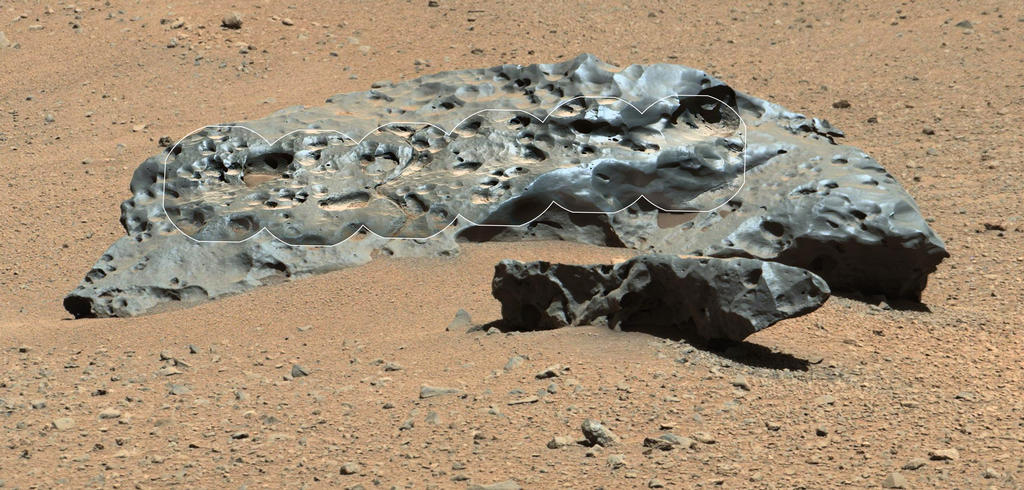This week it was announced that NASA’s Curiosity Rover has found its first iron meteorite on Mars. The meteorite represents a time capsule for scientists to study and learn more about our universe.
Meteorites found on Mars are of special interest as they had little atmosphere to pass through on their way to the planet, and little weather to wear them away, keeping them almost as pristine as when they arrived in our solar system.
In an article in The Guardian’s Science column, they described the meteorite discovery.
The meteorite is made of iron and about 2 metres long, which is about the width of the Nasa rover that found it. It is the first meteorite that Curiosity has found on Mars. Scientists have named it Lebanon presumably because of its shape.
Meteorites are lumps of rock and metal that fall from space and impact the surface of a planet. They are time capsules, usually representing the shattered fragments of doomed worlds from the beginning of our solar system.
Around 4.6bn years ago, the sun and planets of our solar system began to form. This involved the collision of various rocks and asteroids that melted together and gradually built the Earth, Mars and the other planets. Astronomers call this process “hot accretion”. With the planets being molten, the heavy metals such as iron would sink towards the centre of each planet, while the lighter rocks would float to the surface and cool into the landforms.
As the planets grew in size, however, so the collisions between them tended to become more violent. Sometimes, the nascent worlds would be shattered rather than melted together. Iron meteorites come from the deep, core regions of these doomed planets.
NASA reports that the meteorite has cavities that may have once been filled with olivine minerals, meaning it could have come from the core-mantle boundary of its parent world where the iron core gave way to rocks and minerals of the mantle region. Or the holes may have been a result of erosion along the crystalline boundaries within the metal of the rock. At the moment, scientists can only make educated guesses.
Spirit and Opportunities rovers found smaller meteorites in their excursions as well, but this is the first for Curiosity, and the largest.
The article describes the joy a meteorite geologist would have on Mars, including the discovery of meteorites that flew off Earth lying on Mars. If there is such a mission planned, the Rice Northwest Museum staff want to first in line.
For more information on meteorites, check out our Meteorite article and visit our acclaimed Meteorite exhibit and annual Meteorite Festival in May.
Image Credit: NASA/JPL-Caltech/LANL/CNES/IRAP/LPGNantes/CNRS/IAS/MSSS

